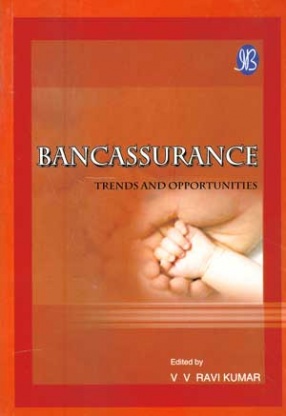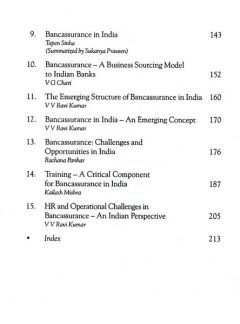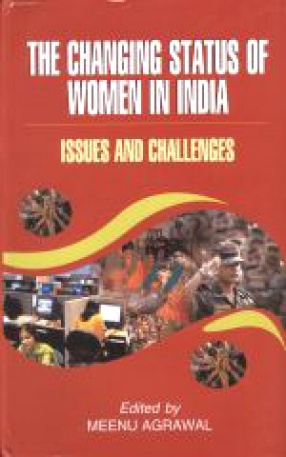In the year 2002, as a the reforms in Financial Services Sector, the Government of India allowed banks to enter the insurance sector-either as new joint ventures (subject to satisfying the prescribed norms), or as distribution outlets for insurance companies. This concept, termed "Bancassurance", implies distribution of insurance products through Banks. The name traces its origins to France and it has also been referred to as "Allfinanz", "Assurebanking" or as a part of "Integrated Financial Services".
After this reform measure, there was there was hectic activity in this field. Both Banks and Insurance companies announced a series of tie-ups in the area of distribution by way of corporate agency, referral tie-ups and selling insurance products related to banking products. Three years down the line, the results appear to be mixed. Insurance companies, especially the ones started after liberalization in the insurance sector, stated that bancassurance has become an important channel. A few insurance companies felt that the traditional channel of individual agent would continue to be their focus.
Against this backdrop, the book looks at the global experiences in bancassurance. It examines the reasons for bancassurance's higher success rate in Southern European countries and moderate success in the countries like the United States of America and the United Kingdom. The Book also takes a look at Japan and the Middle East countries which are on the throes of full fledged bancassurance. The book also provides insights into the emerging structure of bancassurance in India and the opportunities and challenges it poses. It is hoped that this book would be of immense value to the bankers, insurers, teachers, researchers and students.









There are no reviews yet.